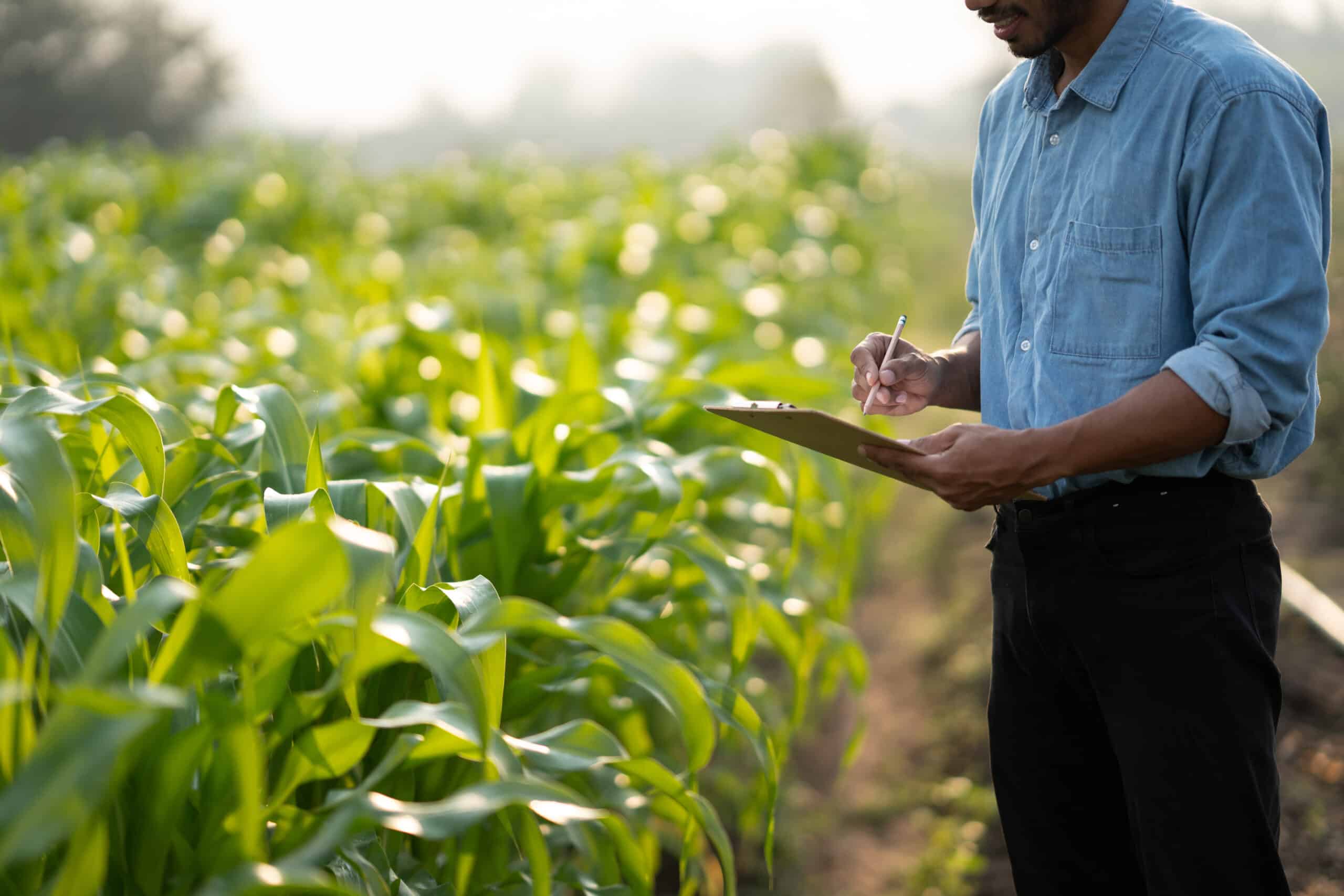Capacity building is a crucial aspect of agricultural development, particularly in developing regions where requisite knowledge, skills, and resources are not always guaranteed. Through training, institutional support, and developmental initiatives, agricultural capacity building can empower local communities and enhance productivity, resilience, and sustainability. In the long-term, this can reduce poverty and inequality, while ensuring economic prosperity and long-term self-sufficiency.
However, as governments, NGO’s, and businesses make investments in this area, it is crucial that they do so in a way that is measurable, as the efficacy of capacity building relies on the ability to identify effective and ineffective strategies and make informed adjustments in real time.
Monitoring and evaluation
Monitoring and evaluation (M&E) is crucial to delivering quantifiable capacity building, without them measuring capacity building becomes extremely difficult. M&E must be treated as a continuous process of observing, recording, and analysing the impact of capacity building initiatives. In agriculture, M&E is crucial for gauging sustainability, and is key to developing strategies that can cope with changing environmental conditions, market demands, and technological advancements.
In this regard, selecting appropriate objectives and indicators is paramount. The foundation of successful M&E lies in what the FAO describes as ‘SMART’ objectives – Specific, Measurable, Achievable, Relevant, and Time-bound. These objectives must be matched with appropriate indicators: quantifiable and qualitative metrics that accurately reflect progress and impact. Indicators might range from skill acquisition levels to broader organisational changes. For example, when training farmers, a vital indicator could be the proportion of farmers adopting new land management practices. Another example could be measuring the level of awareness among farmers and agricultural officers regarding best practices.
Challenges
Measuring capacity building is not without its challenges. Diversity of agricultural practices across regions, resource constraints, stakeholder engagement, and the need for context-specific measurement tools complicate the assessment process and necessitate tailored approaches to effectively gauge progress and impact. Accurate data collection can be particularly difficult in developing regions that have poor technological and infrastructural foundations.
Ultimately, these challenges can be overcome with strategic planning. Every project will face a unique blend of cultural, environmental, infrastructural, and economic challenges. Organisations must adapt their programs to account for these conditions and anticipate potential future changes in order to reach their goals.
Integrating technology
With the right conditions and funding, agtech can play a major role in capacity M&E. For example, data analytics tools allow for vast amounts of data to be collected and analysed during agricultural development. Similarly, satellite imagery and geospatial data can provide valuable information about agricultural landscapes, enabling the assessment of agricultural practices, soil conditions, and crop health. This data can be used to monitor the impact of capacity building programs on agricultural productivity and resource management. Emerging platforms offer a suite of tools that provide farmers with actionable insights for improved crop management. These tools can track crop growth, identify potential pests or diseases, and optimise agricultural activities.
The need for participation
The involvement of all stakeholders, particularly farmers, is crucial to monitoring and measuring capacity building. Their input provides insights into the effectiveness of capacity-building activities and helps tailor these initiatives to their needs. Establishing feedback mechanisms where farmers can share their experiences and observations ensures that capacity-building efforts are responsive and adaptive to on-ground realities. This process can be as simple or as complex as necessary – even basic questionnaires or interviews with participants can provide insights into what is working as intended and what needs improvement.
Adaptation
Ultimately, the goal of monitoring and measuring capacity building is to identify successes or failures and use them to learn and adapt on-the-go. For instance, if a training program designed to improve farmers’ agricultural practices is not leading to a significant increase in yields, the organisation can review the program’s content, delivery methods, and participant engagement strategies. Organisers may find that the training curriculum needs to be more tailored to the specific needs of the target audience, or that the training sessions need to be more interactive and hands-on. Making these adjustments can then increase the effectiveness of capacity building initiatives and contribute to more meaningful and targeted improvements.
Measuring capacity building with expert guidance
Agricultural development initiatives are urgently needed to tackle growing food insecurity and develop more resilient and sustainable food systems in developing regions. As public and private stakeholders implement capacity building strategies, the process of monitoring and measuring capacity building must be prioritised. More progress must be made to develop tools and strategies that measure existing capacities, as well as the effectiveness of on-going interventions.
At Farrelly Mitchell, our capacity building and training consultants are committed to empowering rural agriculture and building resilient farming communities. We work in some of the world’s most challenging regions to provide a variety of support to both public and private development initiatives. Our capacity building supports include farmer education, on-site training, communication programs, and stakeholder engagement initiatives.
We understand that every development project is unique, so we tailor our support to the specific challenges and capabilities of the community, ensuring that our interventions are relevant, effective, and sustainable. Contact us today to learn more about our services, and design effective solutions that make effective, quantifiable change.














